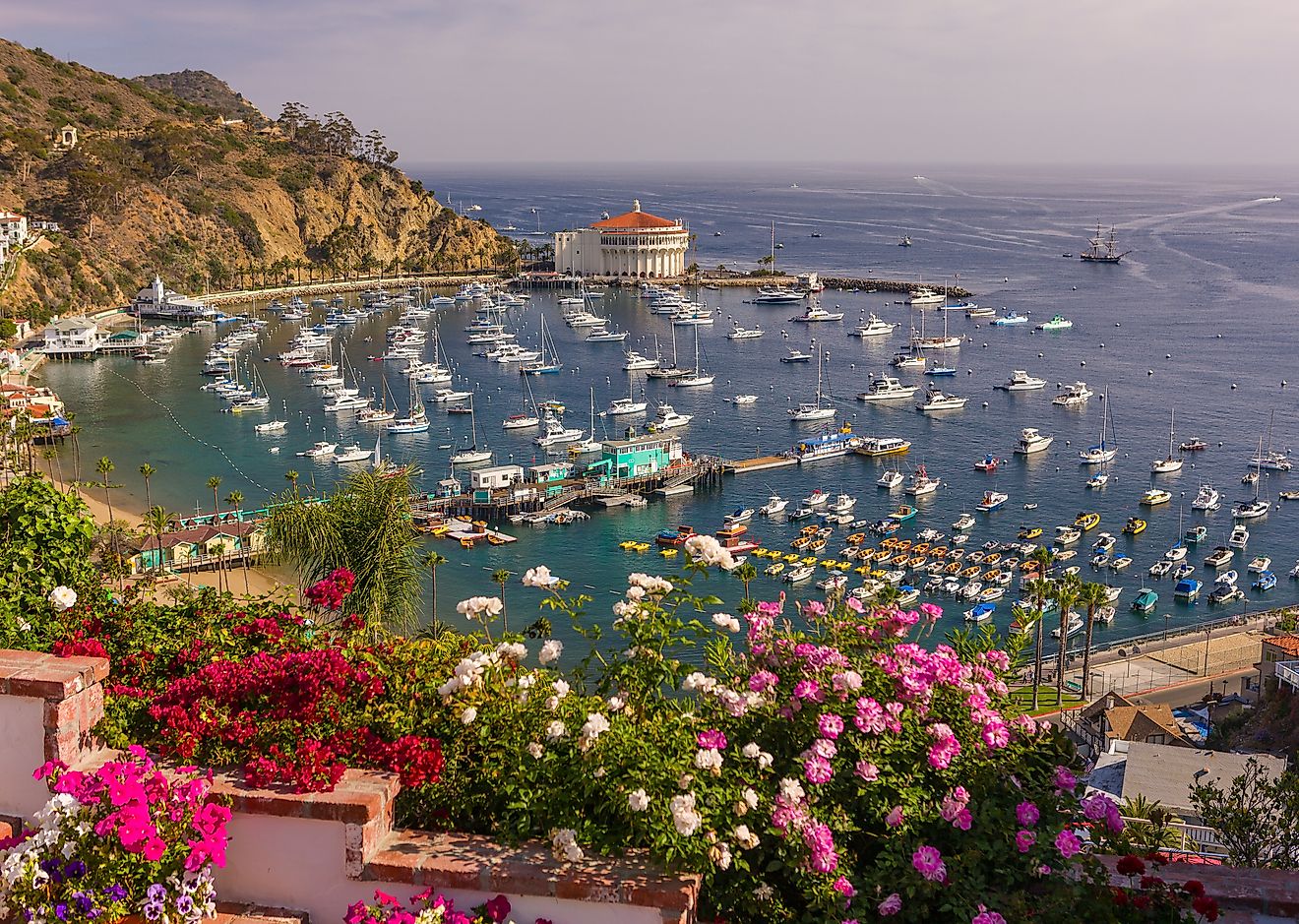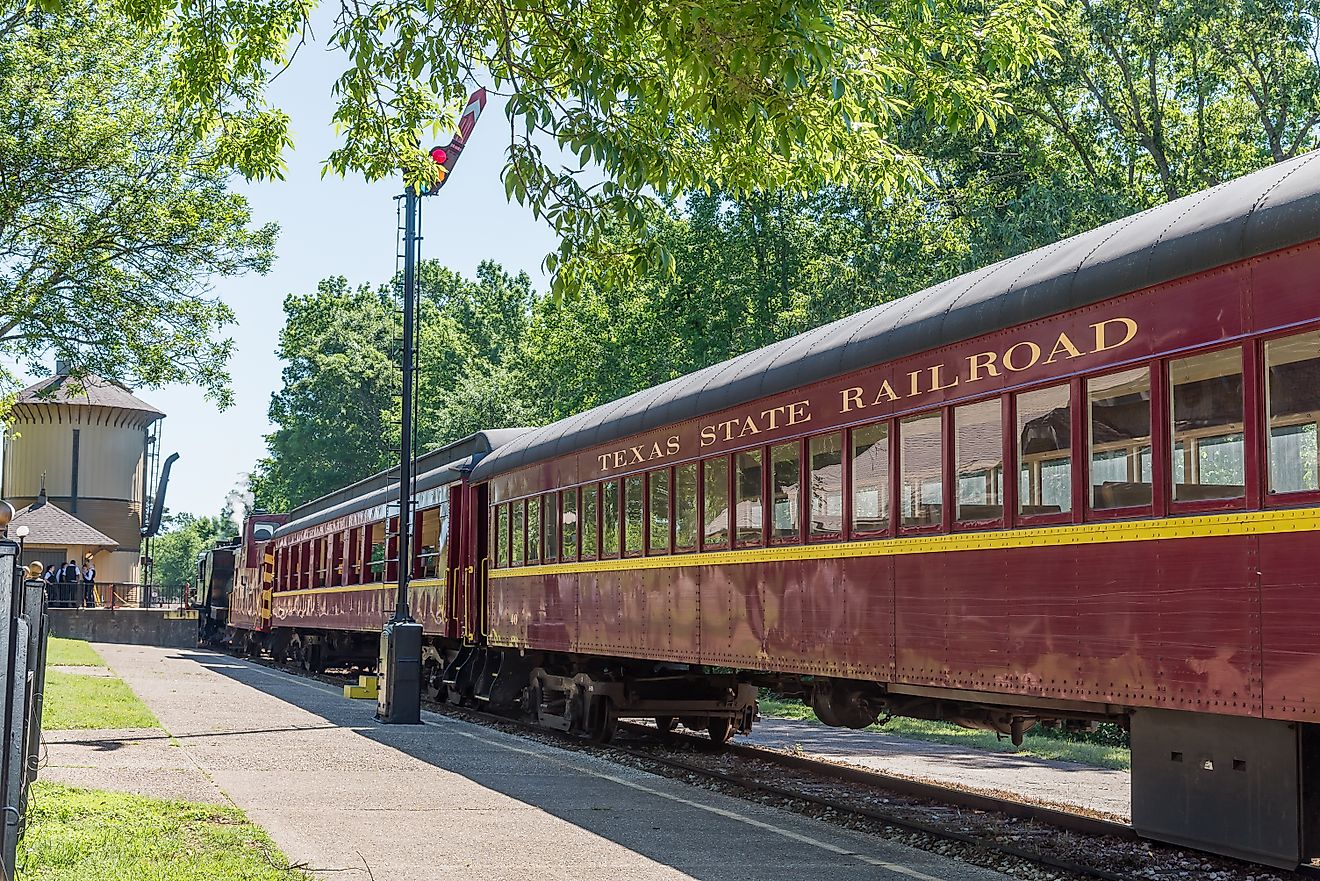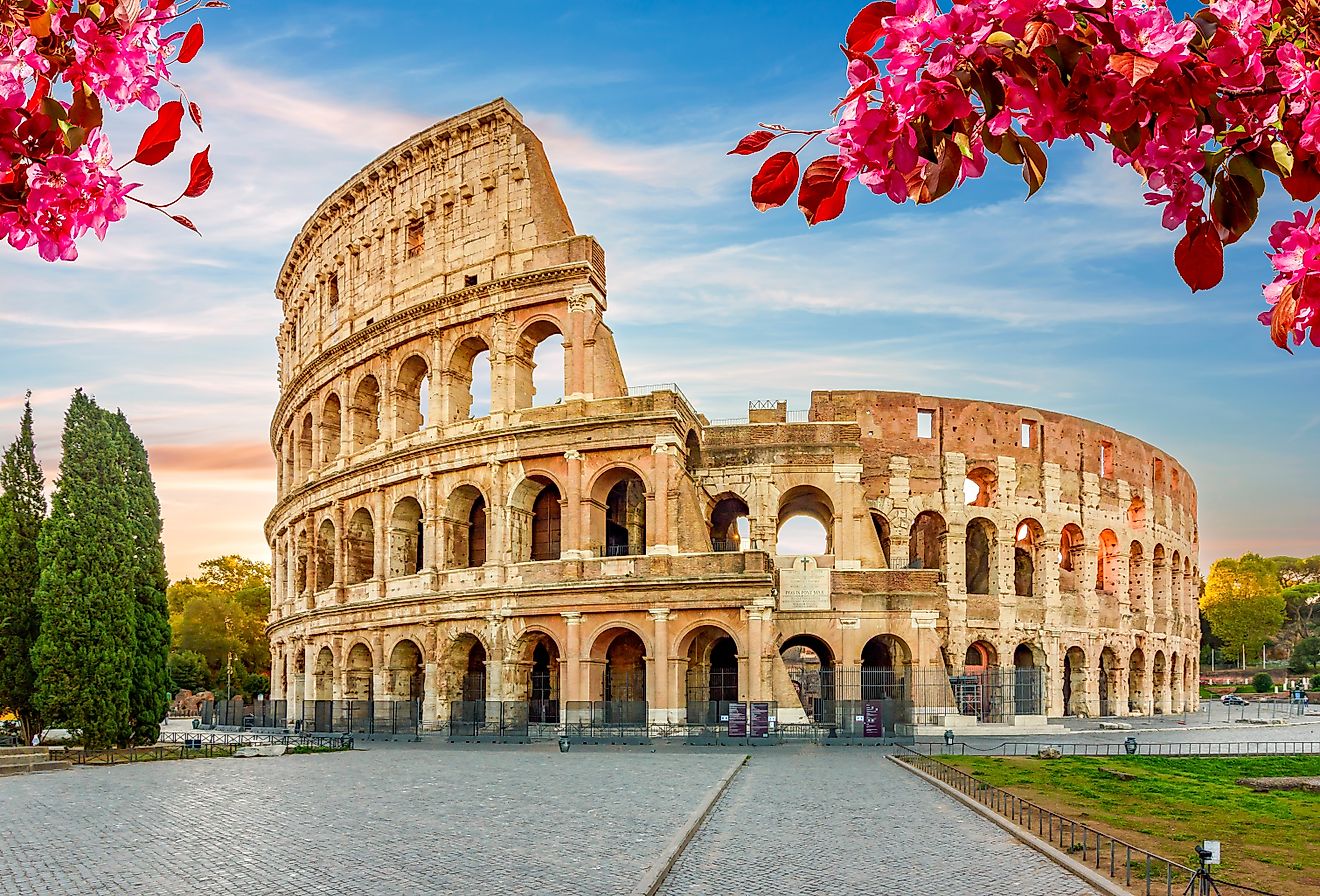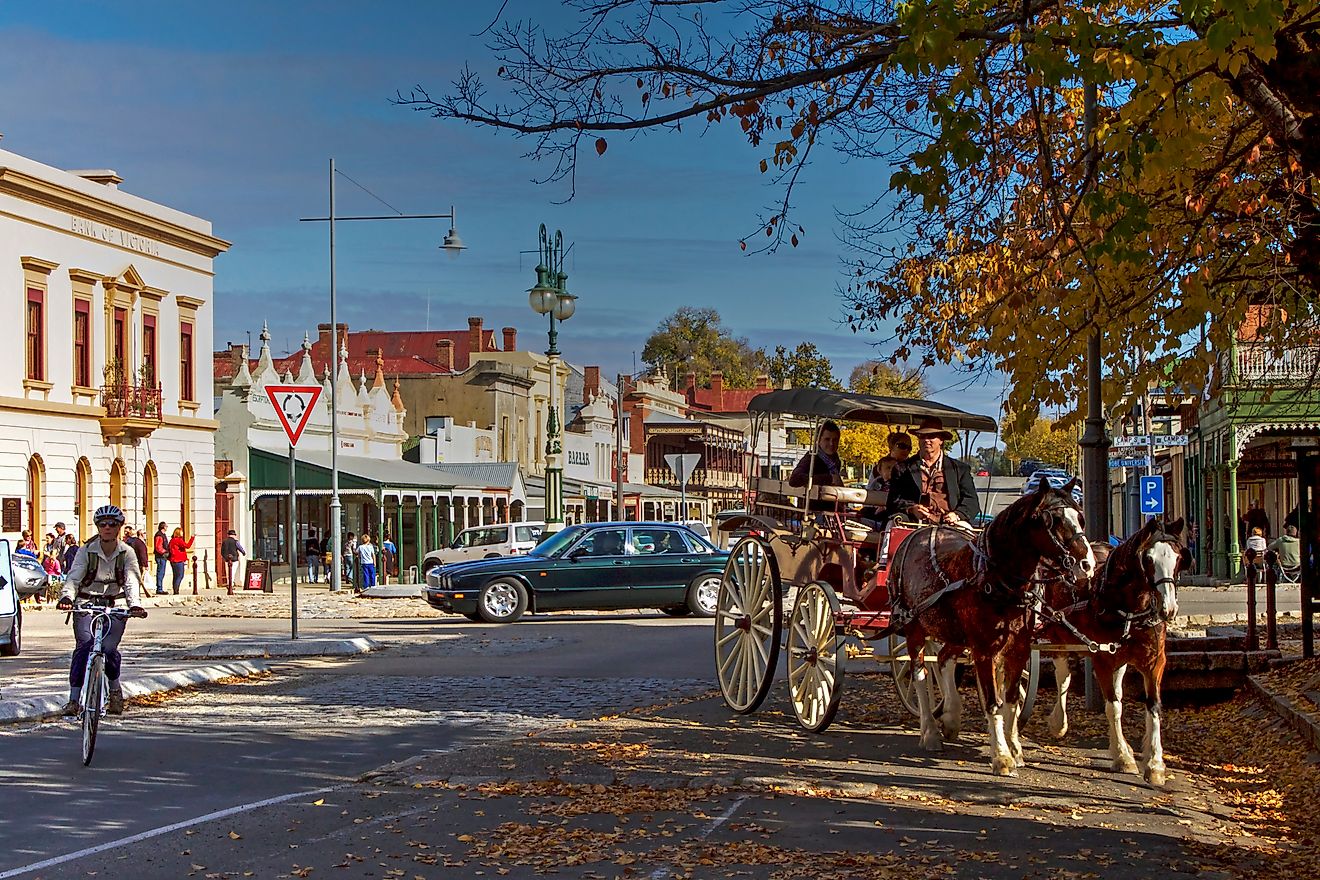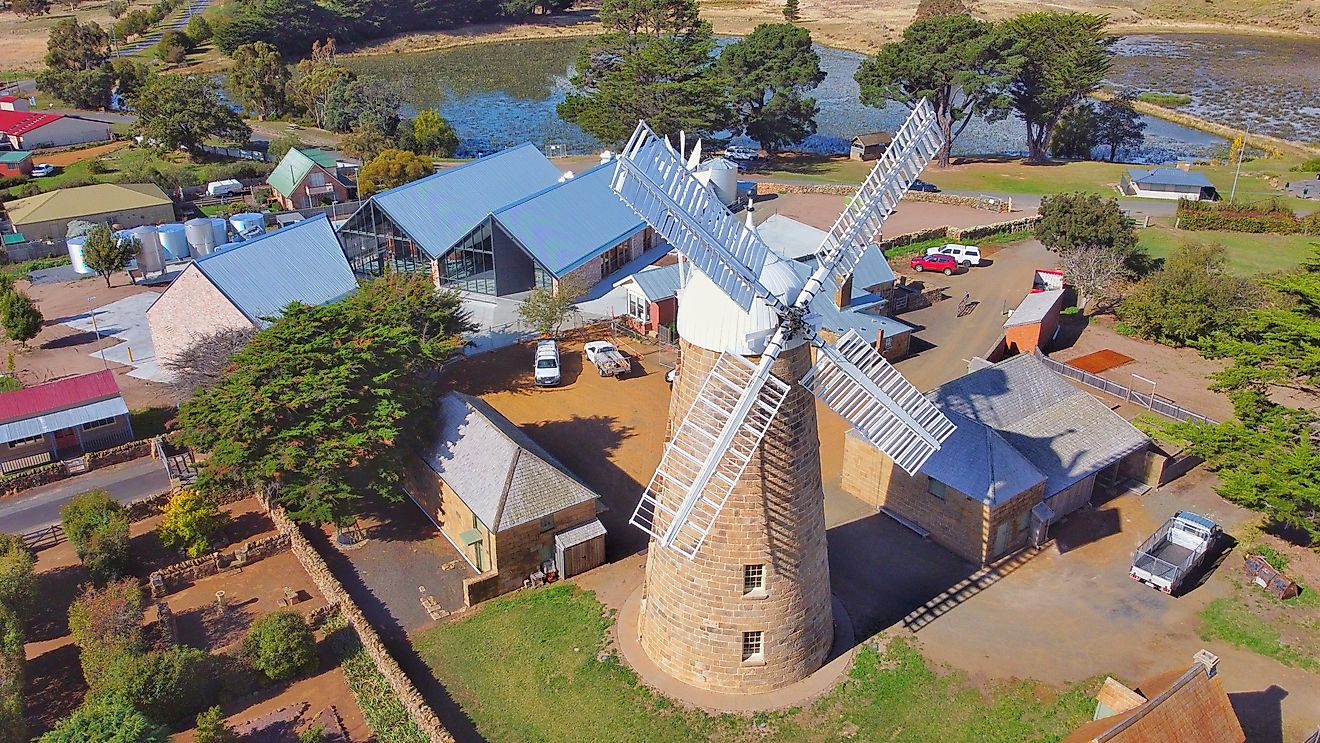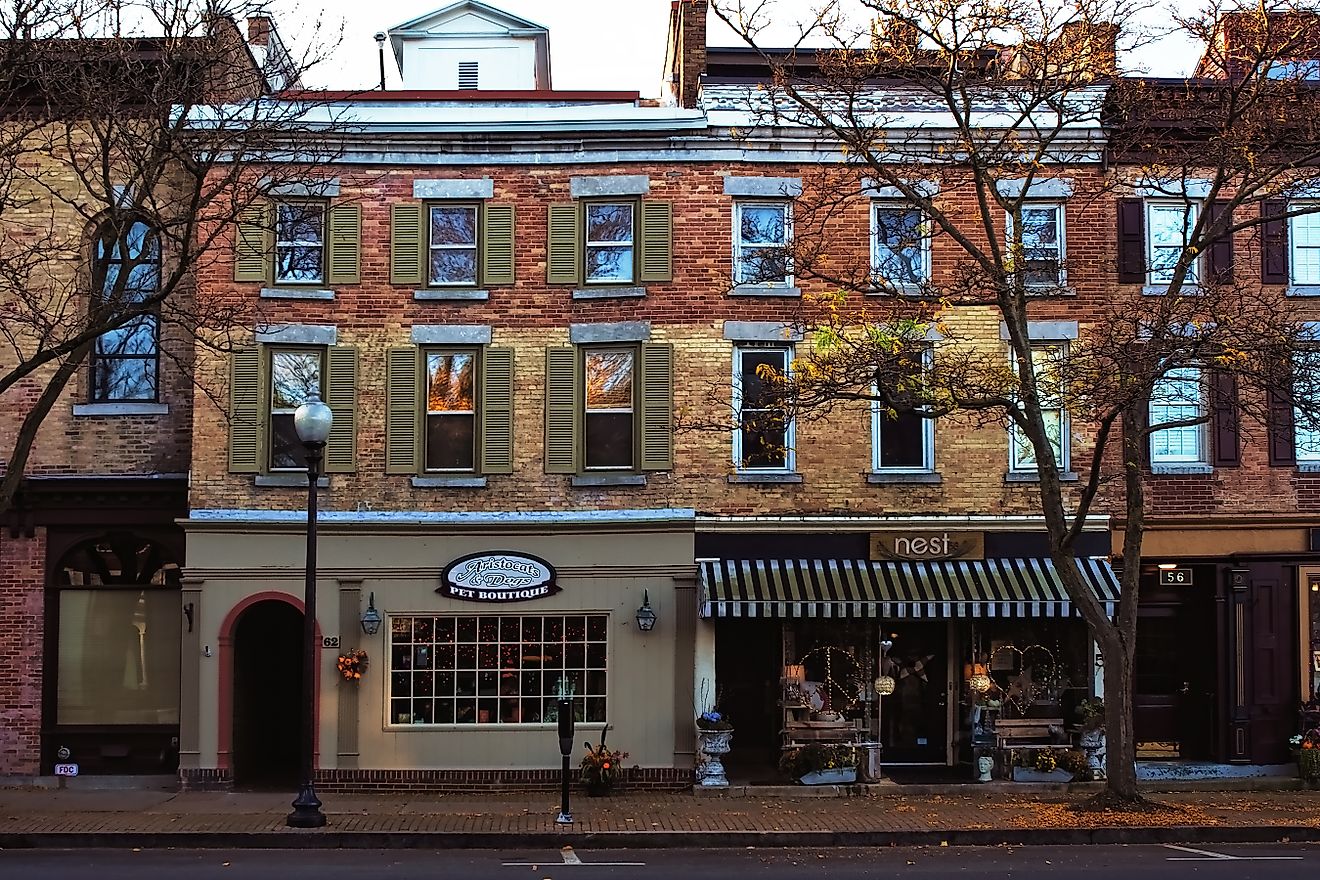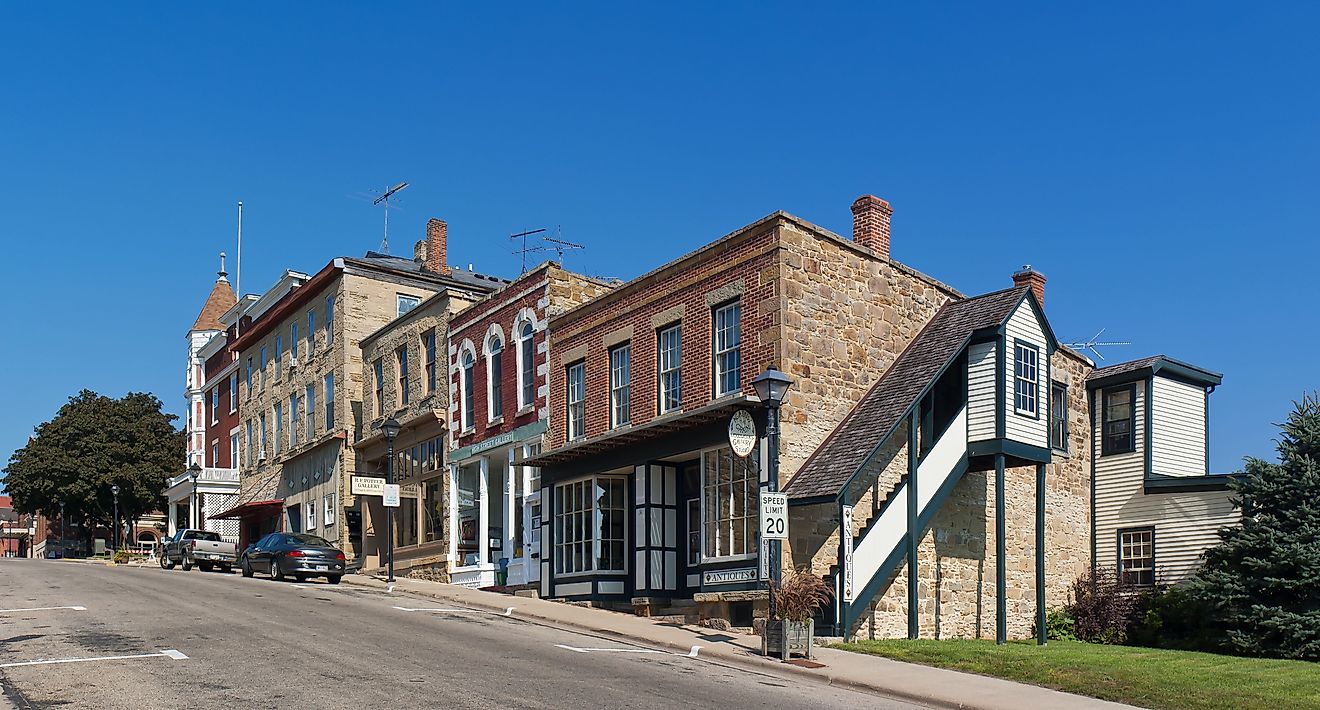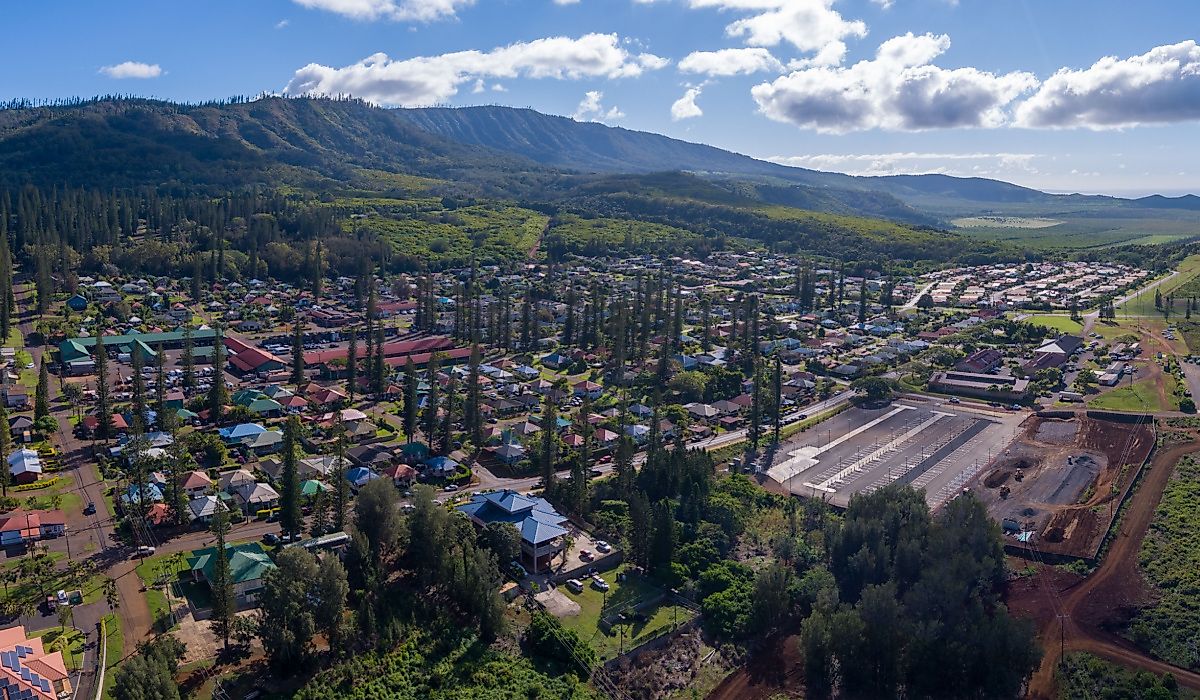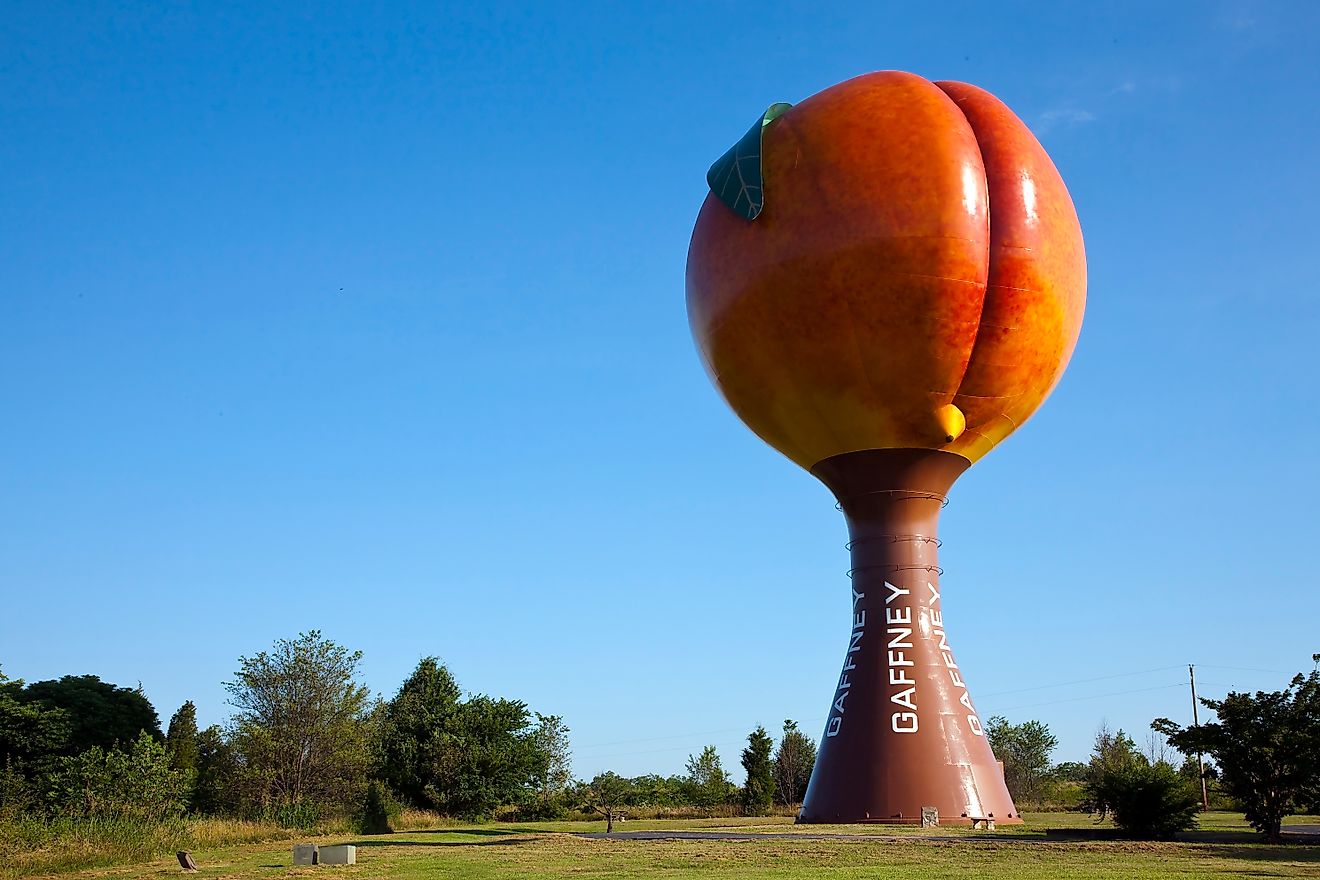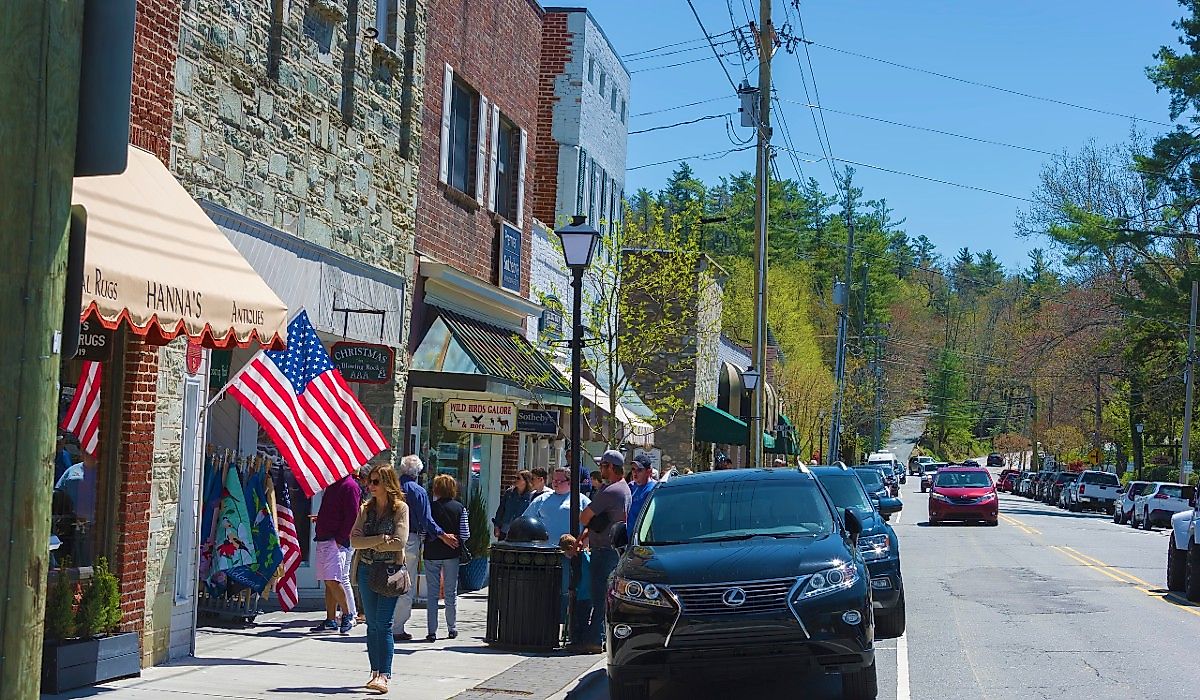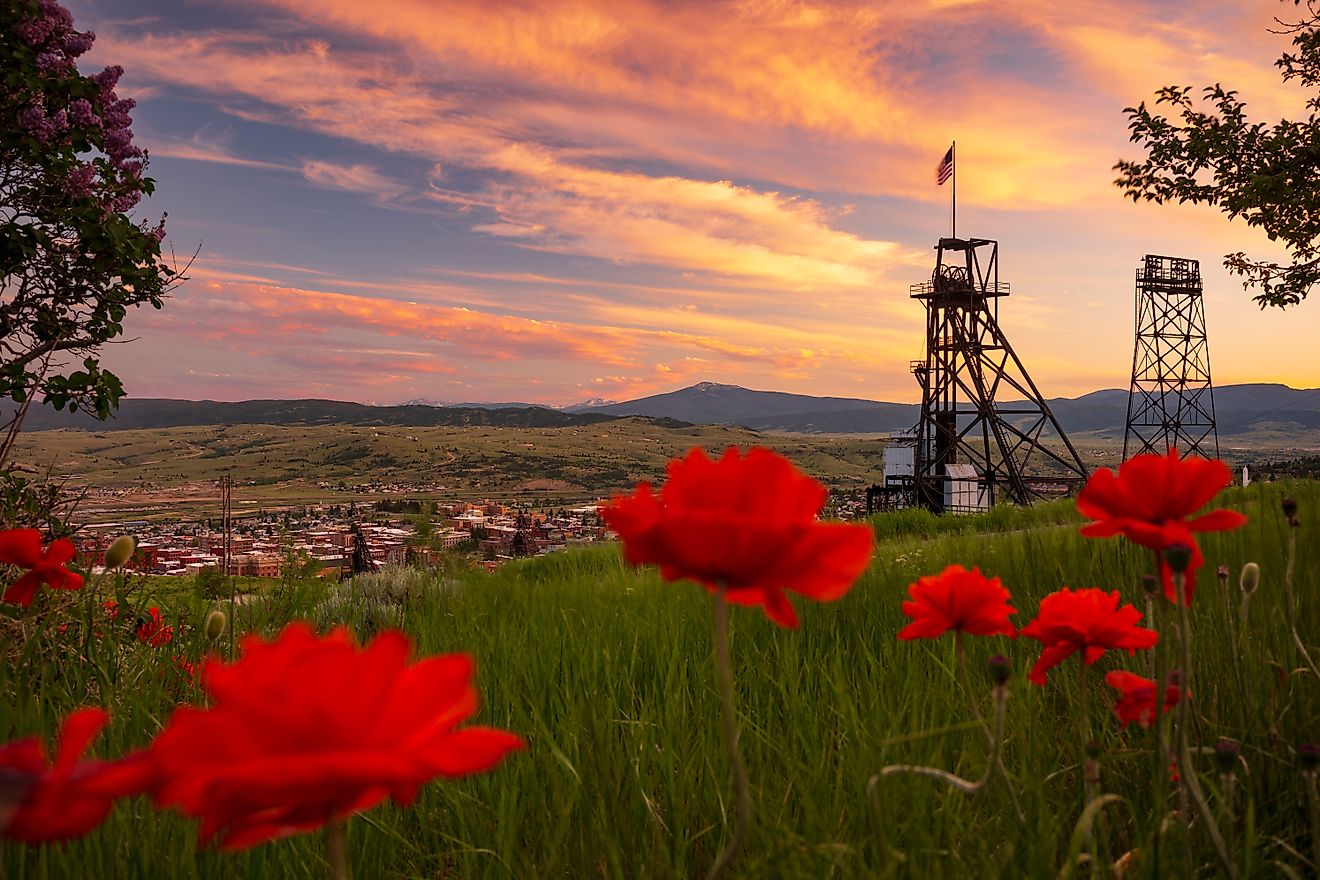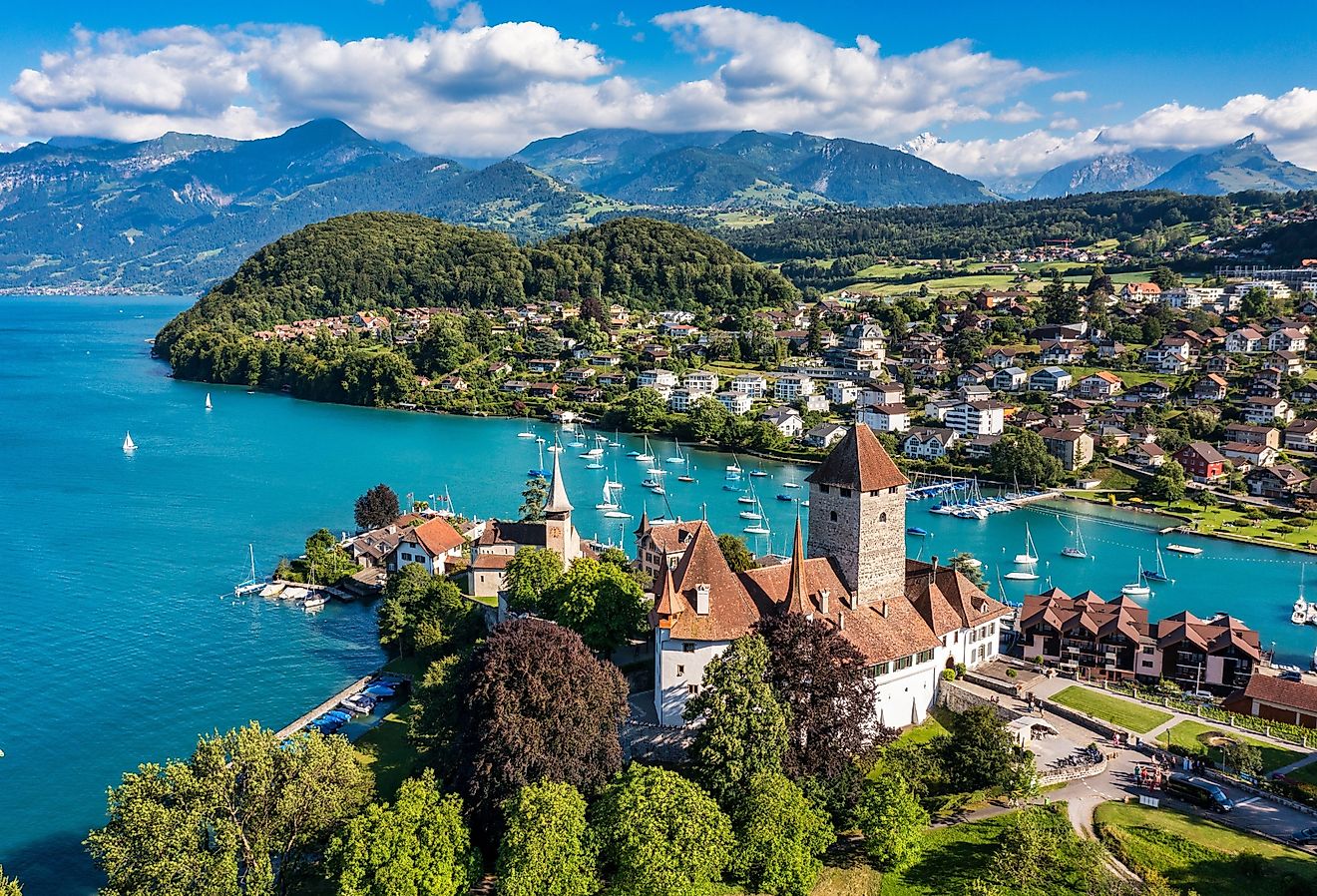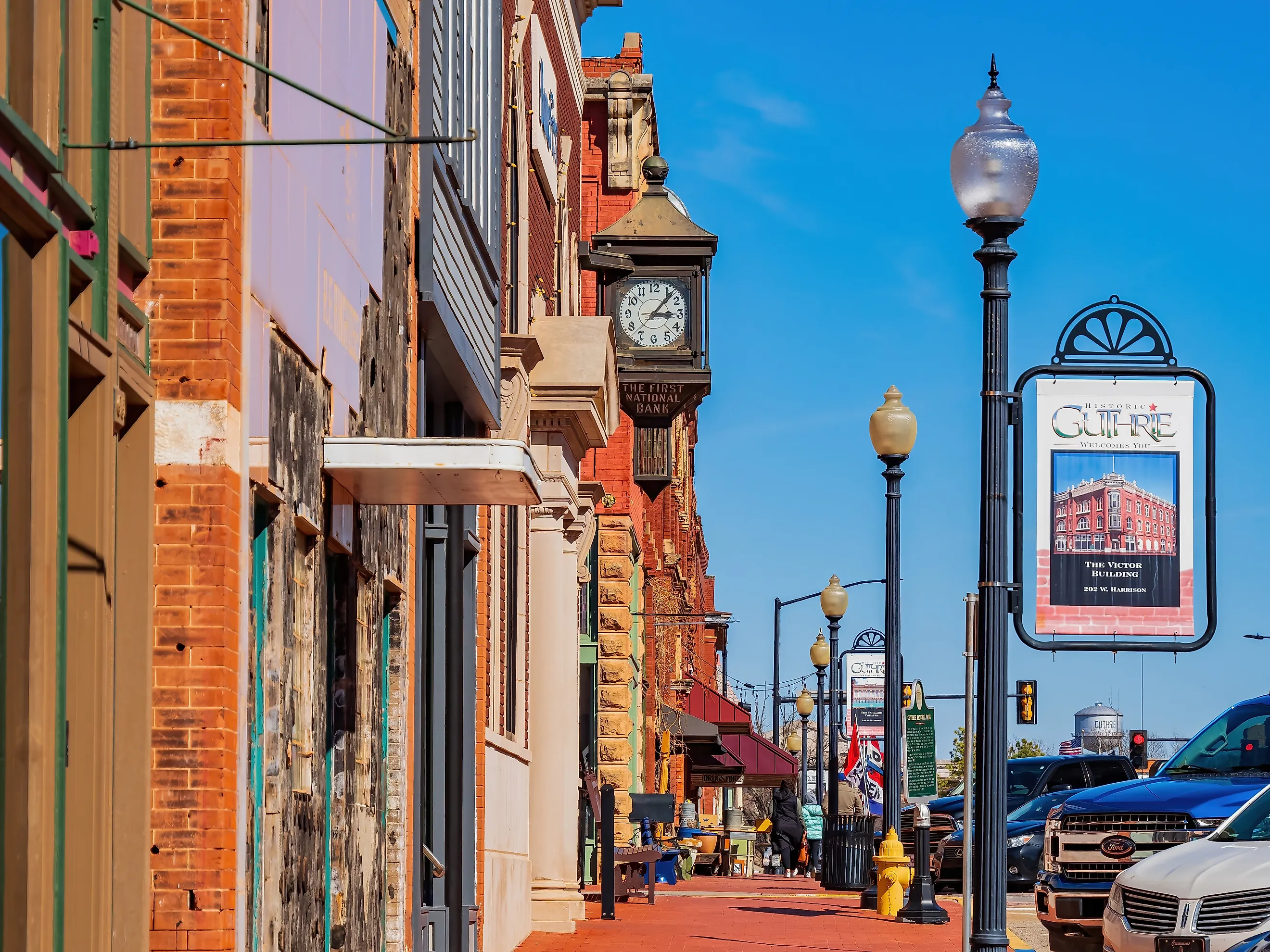
These 11 Towns In Oklahoma Feel Like Home
Oklahoma, an aesthetically appealing, landlocked south-central US state, spotlighting weathered elevations, undulating timbered hills, unwooded high plains, and numerous unpolluted water bodies, has much to offer for all excursionists. Nonetheless, far from the chaotic environment of the population centers of Tulsa, Broken Arrow, Norman, and the state capital, Oklahoma City, the Oklahoma is peppered with idyllic communities that create a sense of belonging, where every out-of-towner wants to stay a little longer. These close-knit communities with fewer than 20,000 residents (as per the latest US Census) and boasting inherent wonders, the everlasting magnetism of Downtowns, comforting home-cooked-style food from Main Street restaurants, small green spaces apt for out-of-doors activities, and, beyond everything, the down-to-earth friendliness, will make everyone feel right at home.
Medicine Park
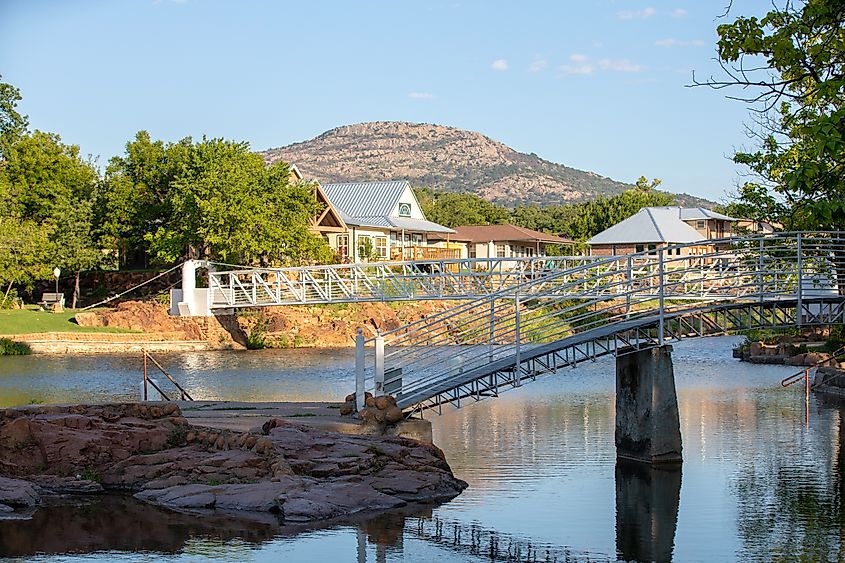
A lauded old-time cobblestone resort community named for the meandering Medicine Creek, Medicine Park sits at the foothills of the Wichita Mountains in central Comanche County to the northwest of Lawton and close to the entrance of the Wichita Mountain Wildlife Refuge. Besides being the Sooner State’s foremost resort town, this charming town is also much touted for its impressive mountain crests and outstanding naturally formed red granite cobblestones, which have been used for building the vast majority of Medicine Park’s foundational structures.
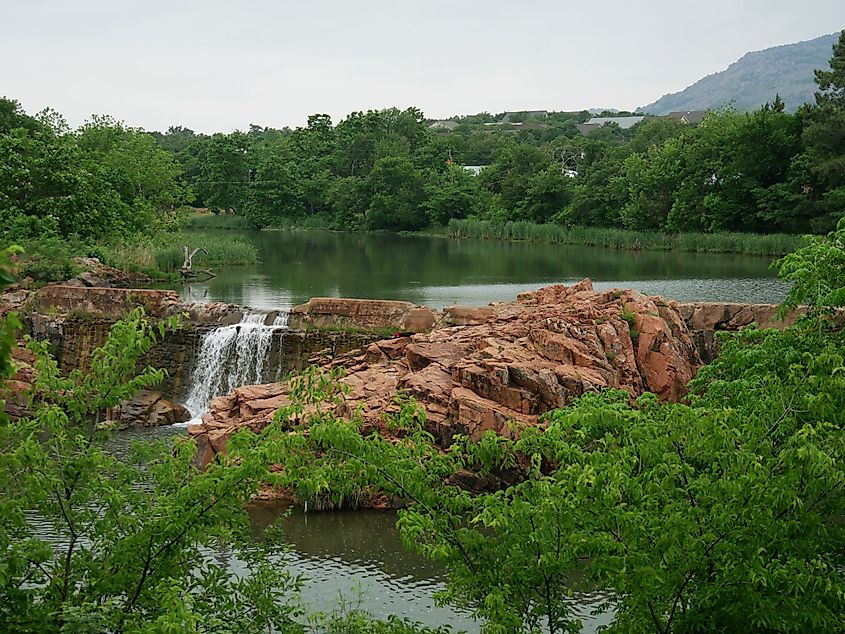
Stroll through Cobblestone Row - the town’s Main Street, purchasing diverse goods from the Medicine Park General Store, and savoring traditional country-style American food at The Old Plantation Restaurant. Additionally, vacationers can enjoy swimming activities at the Bath Lake Swimming Hole, participate in numerous open-air activities at the Wichita Mountain Wildlife Refuge, and delight in animal feeding shows and Wildlife Discovery Programs at the Medicine Park Aquarium & Natural Sciences Center.
Arcadia
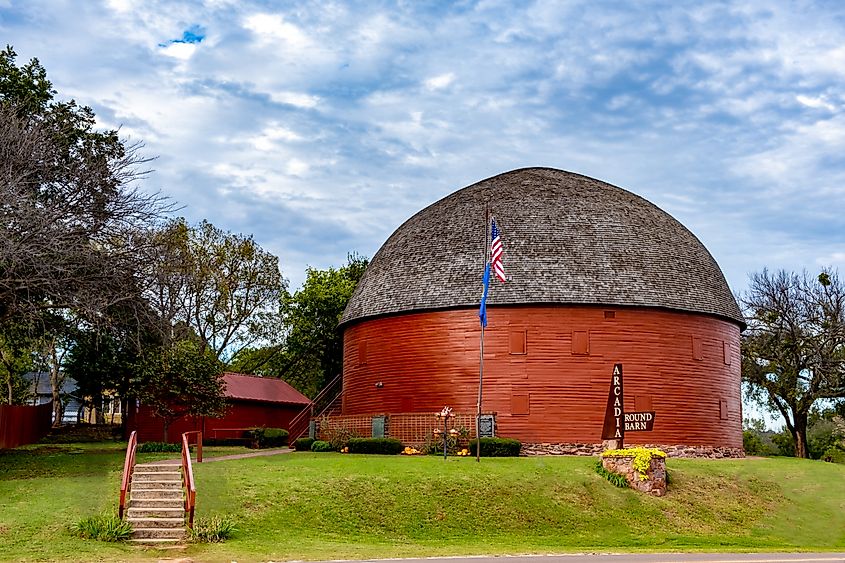
Labeled after its homonymous Greek town, this quondam agrarian community in Oklahoma County, established right after the 1889 Oklahoma Land Rush, is located roughly 17 miles northeast of Oklahoma City, not far from the Deep Fork River. One of Arcadia’s most noteworthy landmarks is a Round Barn built by the native farmer William Harrison Odor in 1898. This prominent tourist site on U.S. Route 66 draws visitors from across the globe to marvel at the intricate structural and engineering details of the lone authentic round barn in the nation.
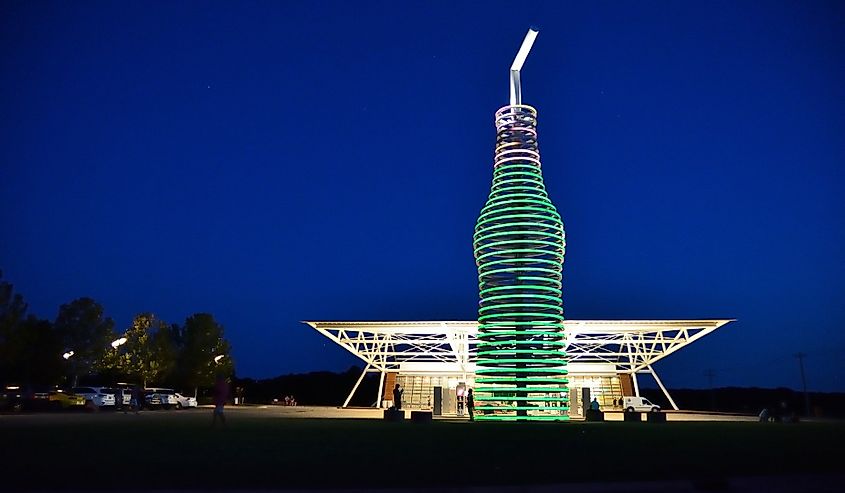
Also, be sure to stop by the nonpareil modernistic roadside attraction, Pops 66 Restaurant, where you can enjoy a variety of bottled sodas and delicious dishes in a family-friendly atmosphere. At the proximate Arcadia Lake, participate in fishing, camping, boating, and tranquil gatherings by the water.
Eufaula
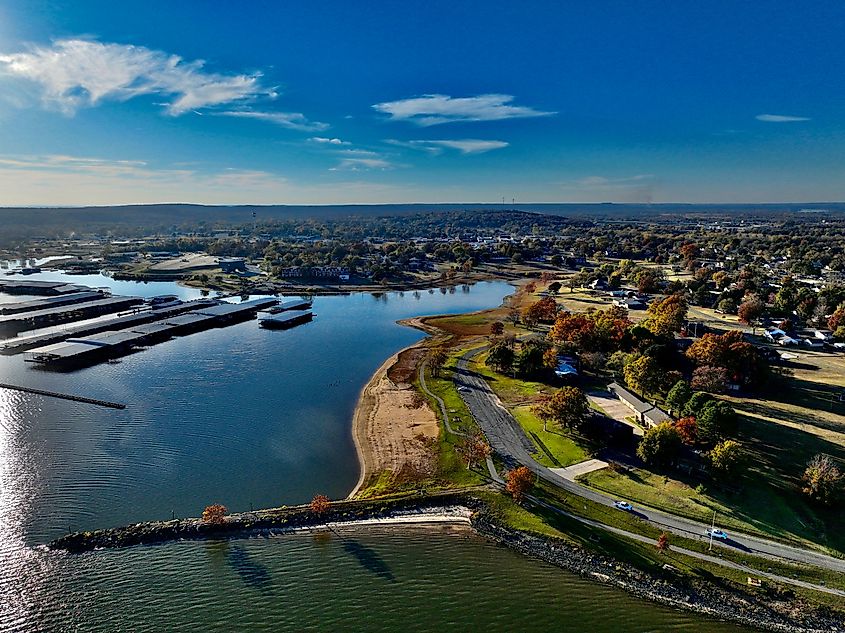
McIntosh County’s administrative center, this placid settlement in east-central Oklahoma is situated south of Muskogee and north of McAlester. At the heart of the town is the Eufaula Lake - the state’s largest-capacity lake with a volume of 2,099,000 acre-feet and a surface area of 102,000 acres, created by the Eufaula Dam’s construction on the Canadian River. Throughout the year, the Lake Eufaula State Park area offers a wide range of water-based activities for all visitors.
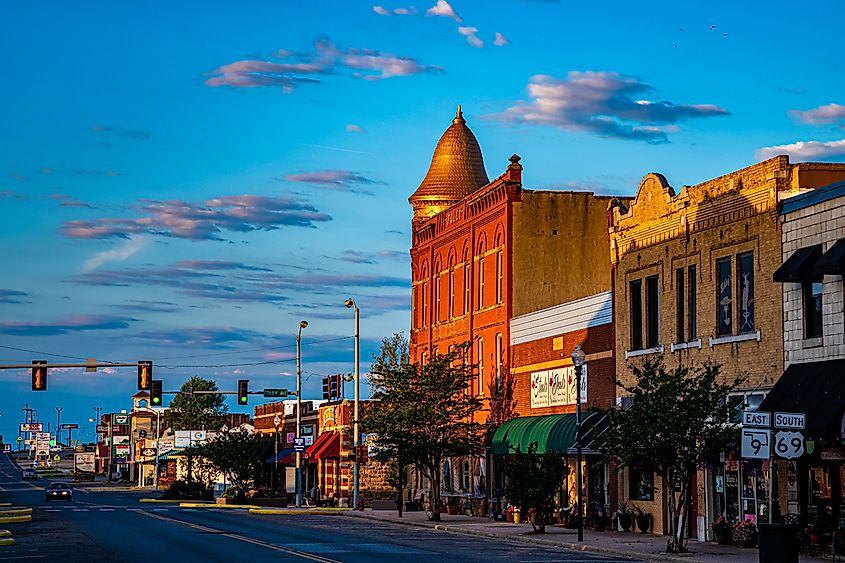
The Eufaula Memorial Library, the McIntosh County Courthouse, and the C. L. Cooper Building - the solitary remaining commercial building associated with Eufaula’s African American Business District are the best places to learn more of the area’s past, while Downtown’s entertainment venues like Legacy on Main Street and restaurants like La Finca Mexican Grill add to the hometown feel.
Broken Bow
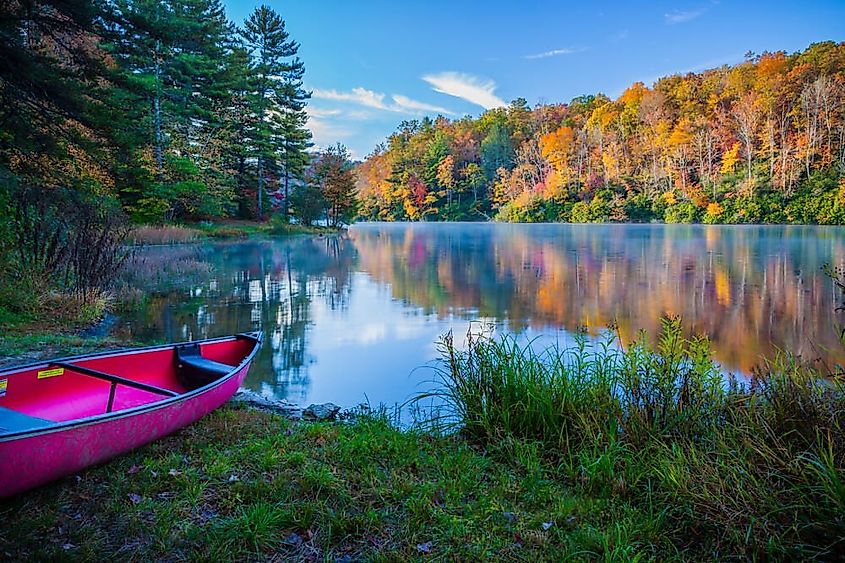
Broken Bow is a hospitable McCurtain County town located at the Kiamichi Mountains’ base within the Little Dixie Region of southeastern Oklahoma. Proffering adventurers an excellent fusion of thrill and relaxation, this 4,228-resident town is one of the state’s finest vacation destinations. Nature lovers are especially attracted to the Beavers Bend State Park, where they get to take part in trout fishing, hiking, eagle watching (from November to February), campfire programs along the Mountain Fork River banks, and viewing antique forestry tools at the Forest Heritage Center Museum, in addition to swimming and boating activities in the immaculate waters of the Broken Bow Lake.
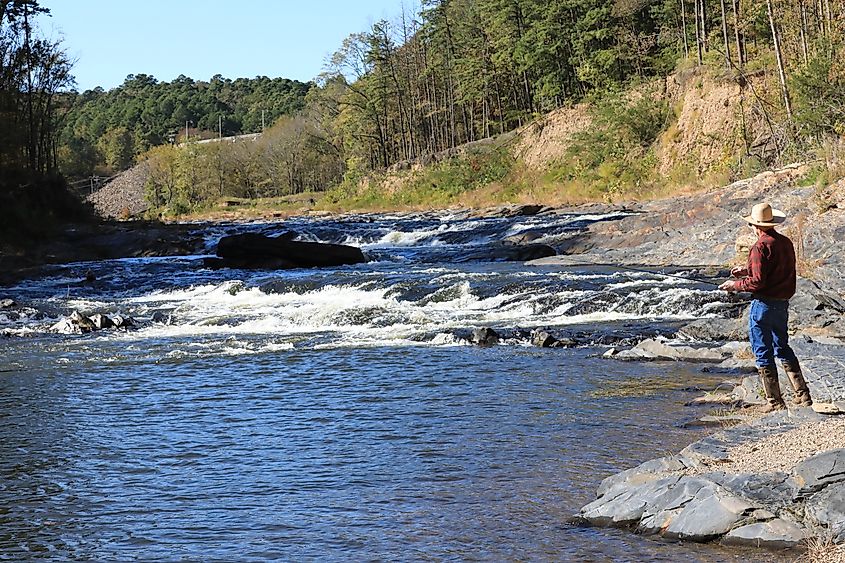
Likewise, play a round of golf at the Cedar Creek Golf Course at Beavers Bend and educate oneself on the area’s rich Choctaw heritage through interesting architecture and thoughtfully curated exhibits at the Jefferson Gardner Mansion & Museum.
Perry
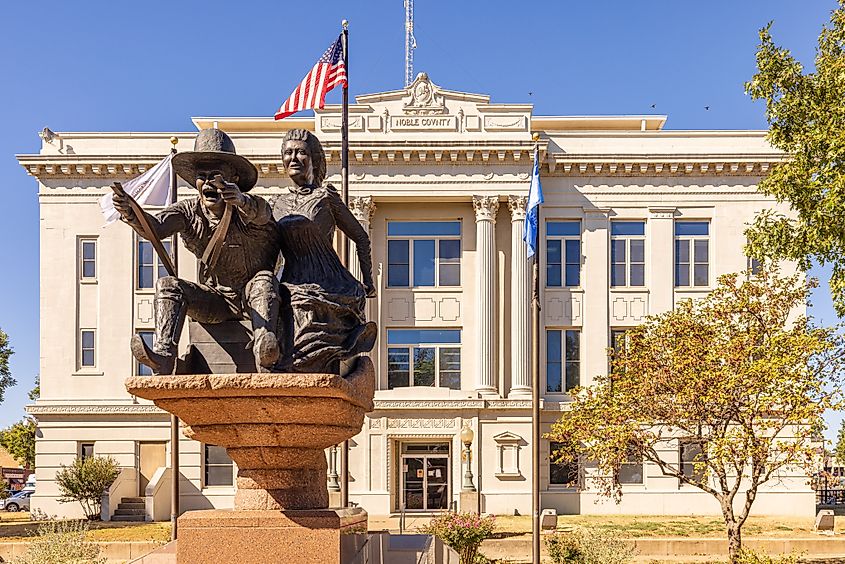
The government seat of north-central Oklahoma’s Noble County, Perry, named for the Cherokee Strip Commission member J. A. Perry, sits about 100 miles south of Wichita, Kansas. The National Register-listed Perry Courthouse Square Historic District, which encompasses a significant portion of the town, is a must-visit for history enthusiasts, thanks to the numerous historically significant properties, including the Noble County Courthouse at the heart of the district, and the Italian Mannerist-style First National Bank & Trust Company Building.
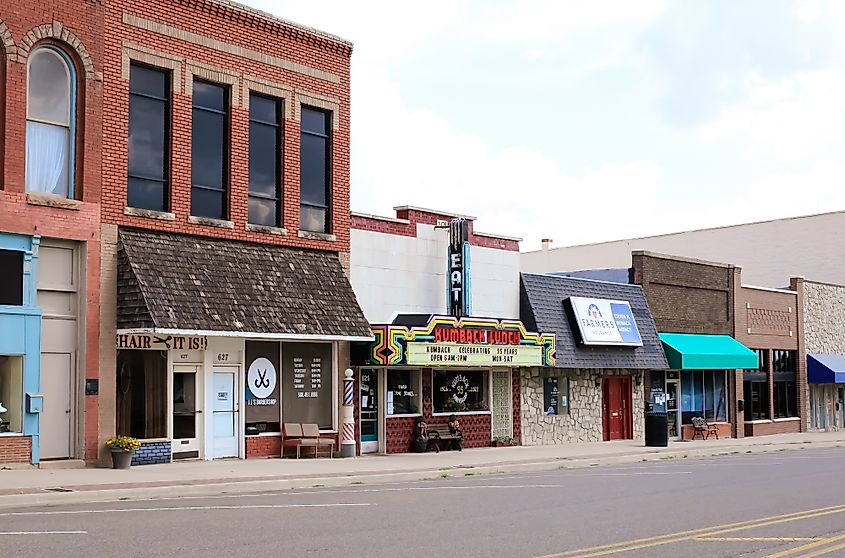
The Cherokee Strip Museum & Rose Hill School tells tales about the Cherokee Outlet through its Blacksmith Shop, a gallery featuring works by both Native and regional artists, and an implement building containing farming tools and implements used during the late 19th and early 20th centuries. Outdoor enthusiasts should visit the CCC Lake & Park to participate in activities such as fishing, RV camping, swimming, and boating.
Sulphur
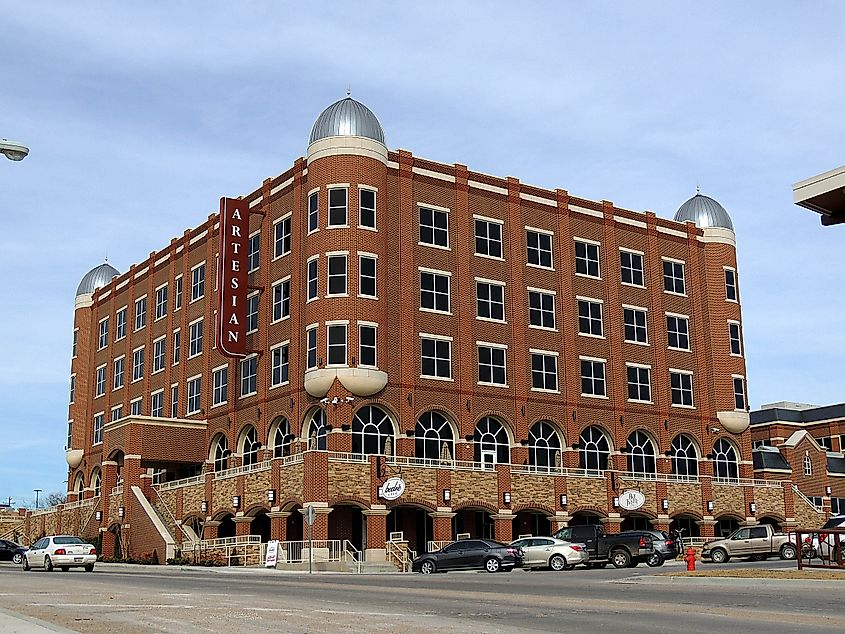
Sulphur, christened after the sulfurous mineral springs located in the bordering vicinity long before the town’s founding, is the Murray County seat situated at the meeting of U.S. Highway 177 and State Highway 7, roughly 84 miles southeast of the state capital. The town’s focus of attention is the Chickasaw National Recreation Area (which also includes the erstwhile Platt National Park and Arbuckle Recreation Area), a haven of excellent hiking trails, springs, lakes, and streams, luring an overwhelming number of tourists from all parts of the world.
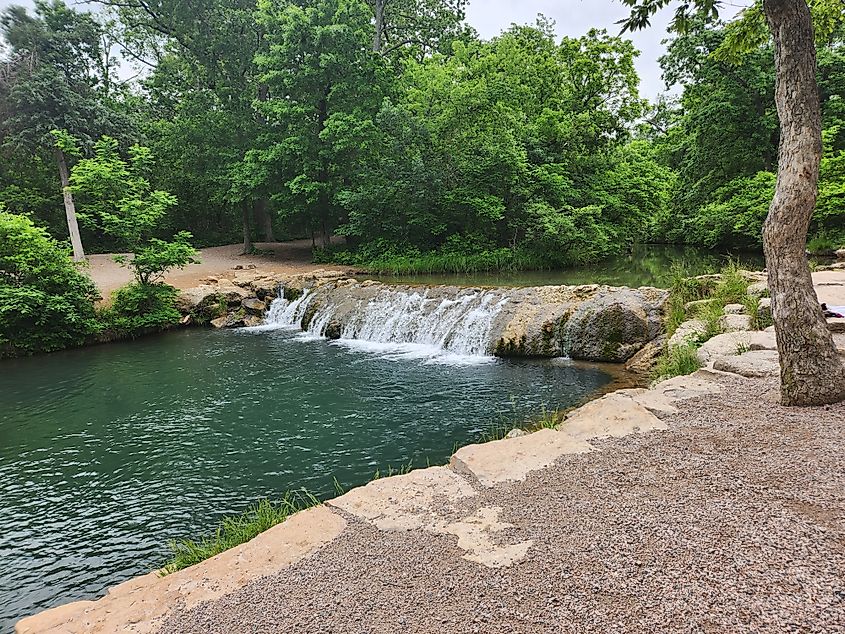
Downtown Sulphur artfully blends history and modern conveniences with its multifarious antique stores like Gettin’ Place - featuring an extensive collection of antiques and fashionable gift items, Italian cuisine serving Roma’s Italian Restaurant, and the far-famed Artesian Hotel Casino & Spa. Cultural patrons should not miss a tour of the 184-acre campus of the Chickasaw Cultural Center, which is home to museum buildings housing interactive exhibits on Chickasaw tribal heritage, the Anoli’ Theater—the largest theater on the campus, showcasing Native American movies, and an authentic recreation of a traditional Chickasaw hamlet.
Pauls Valley
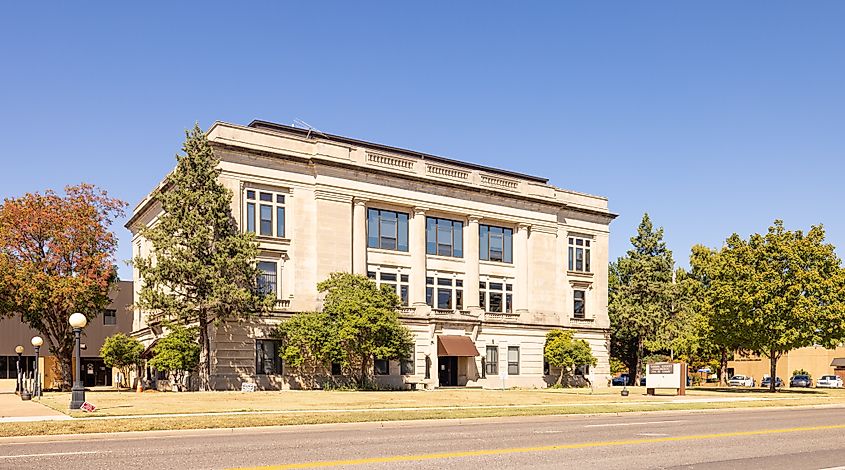
Primarily settled by Smith Paul, a North Carolina native, this Garvin County seat is set at the heart of the Washita River agricultural complex, at the intersection of State Highway 19 and Interstate 35. With the agribusiness and petrochemical industries being the principal economic determinants, tourists vacationing in Pauls Valley get to soak in the town’s inviting ambiance at the Downtown, where trendy boutiques like The White Feather, BBQ Restaurants like Punkin’s Bar-B-Que & Catfish, and art galleries/event venues like The Vault Art Space & Gathering Place fill the brick-lined streets.
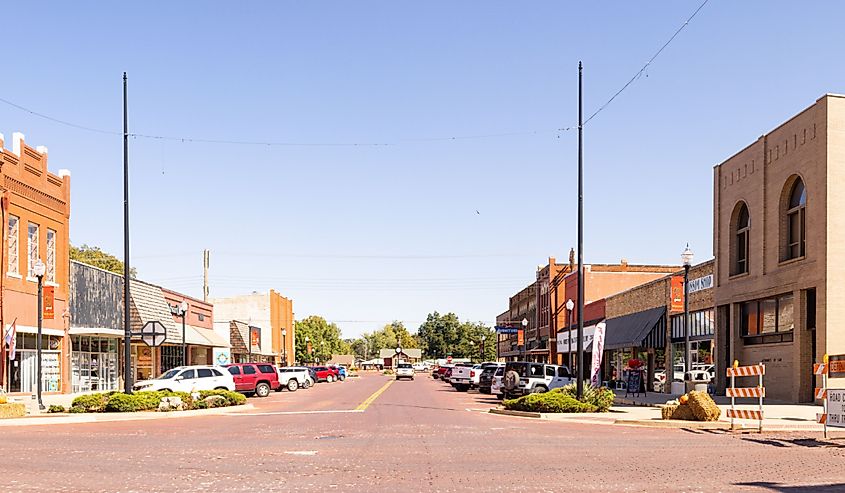
Explore the impressive collection of antiques and pioneer collectibles at the historic Santa Fe Depot Museum, admire the photogenic classic pop culture figures showcased at the Toy & Action Figure Museum, and enjoy activities such as fishing, swimming, camping, and jet skiing at the neighboring Pauls Valley City Lake.
Guthrie
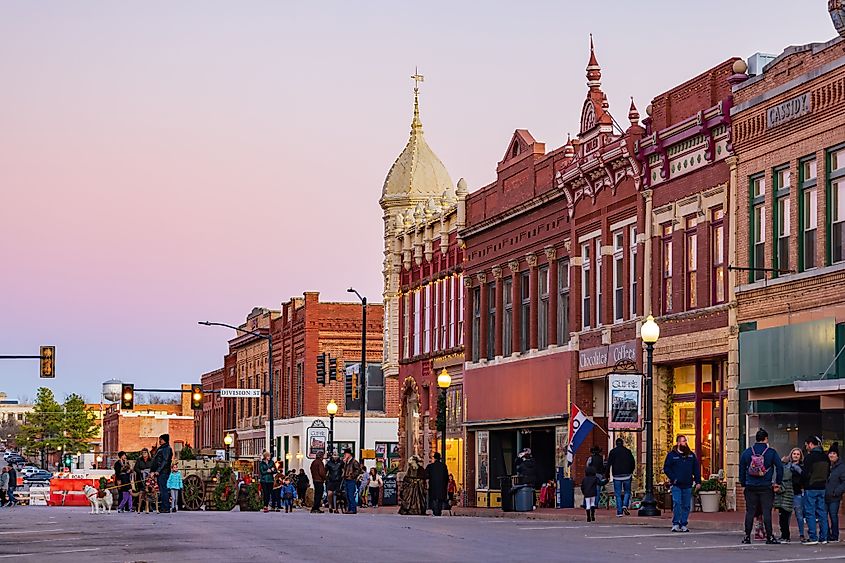
Guthrie, named for Jurist John Guthrie, is the center of administration for Logan County, set at the state’s core in the Frontier Country region, approximately. 32 miles north of Oklahoma City. Formerly the state’s first capital, Guthrie is celebrated for its massive collection of pristinely preserved Victorian architecture, featuring more than 2,169 buildings in varied architectural styles within the Guthrie Historic District. Take a trolley tour of the Downtown, dropping by popular sites of interest such as the Oklahoma Territorial Museum & Carnegie Library - a museum that, through artifacts, paintings, and photographs, traces local history and heritage along with the grand 1902 Renaissance Revival Carnegie Library.
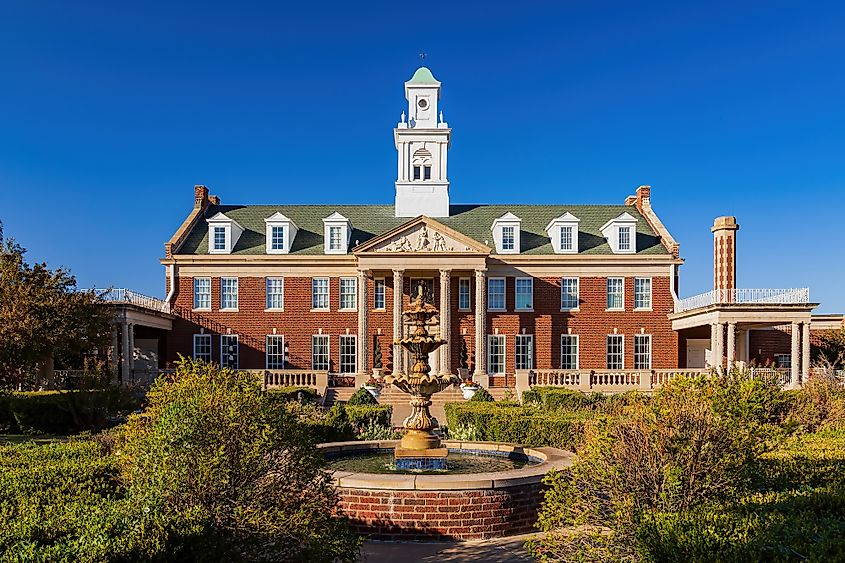
The serene Mineral Wells Park, highlighting scenic walking trails, spotless ponds, and picnic areas, is ideal for relaxation and family-centric recreations. The Eighty-Niner Day celebrations, held annually every spring, bring community members together to celebrate the historic Land Run of 1889 with a parade, rodeos, local vendors, food trucks, and other cultural events.
Claremore
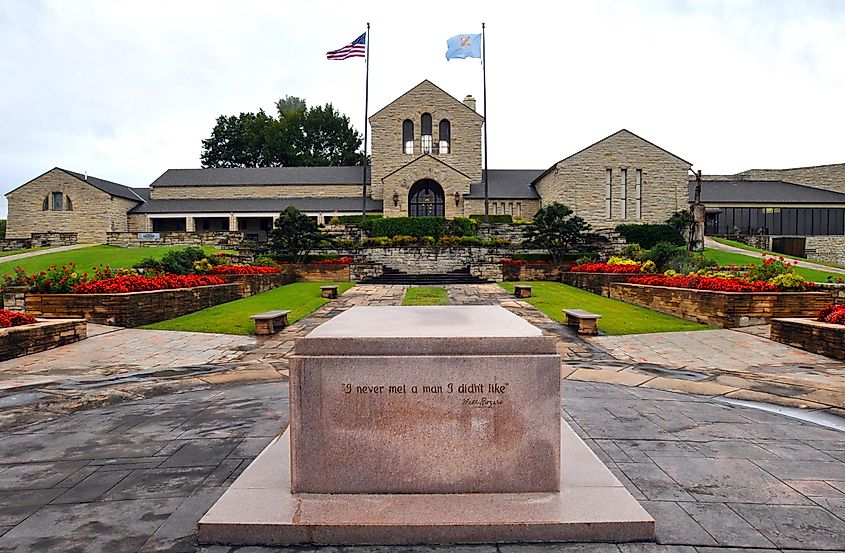
Sited in the state’s northeastern portion at the Ozark Mountains’ foot, near the joining of the historic U.S. Route 66 and the State Highways 20 and 88, is the Rogers County government seat, Claremore. The town, considered the homeland of Will Rogers, honors the beloved vaudeville performer and humorous social commentator at the Will Rogers Memorial Museum, which houses a variety of artifacts, manuscripts, photographs, and memorabilia about the late entertainer’s life.
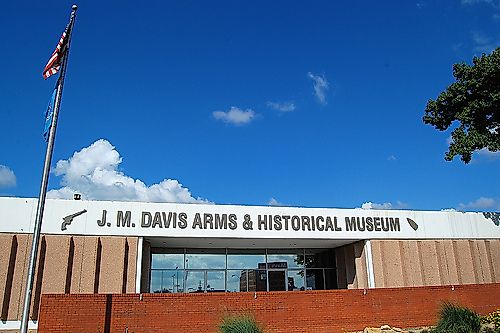
A must-stop in Claremore is the J. M. Davis Arms & Historical Museum - a unique museum home to the world’s most extensive privately-held firearms collection, with over 12,000 firearms and a considerable amount of non-firearm artifacts. Additionally, take in some fresh air while exploring the miles of designated trails, fishing spots, and camping areas at Claremore Lake Park.
El Reno
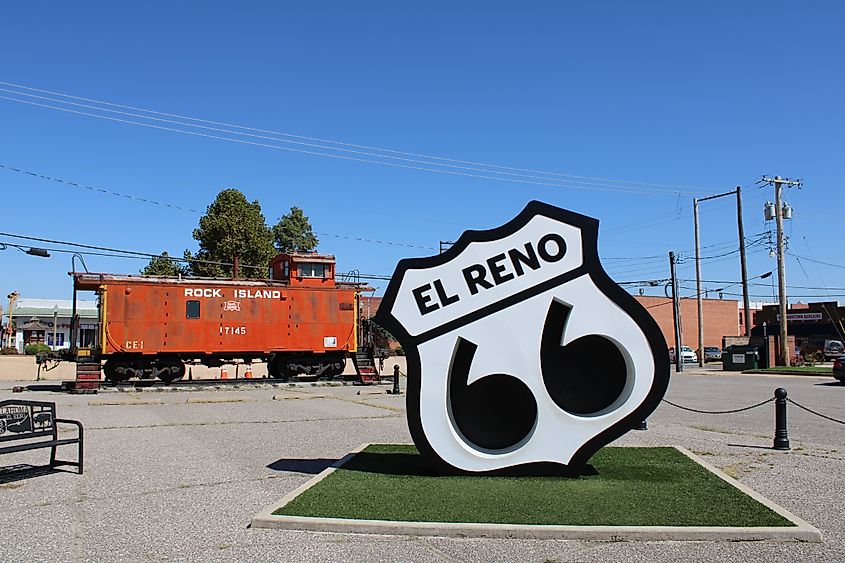
Titled after the adjacent one-time military base Fort Reno, this Canadian County administrative capital is located at the nucleus of the Canadian River Valley at the crossing of U.S. Route 81 and Interstate 40, nearly 25 miles west of Downtown Oklahoma City. Seamlessly blending big city conveniences and small-town hospitableness, explorers at El Reno ought to ride the Heritage Express Trolley for a time-honored tour through the Downtown area.
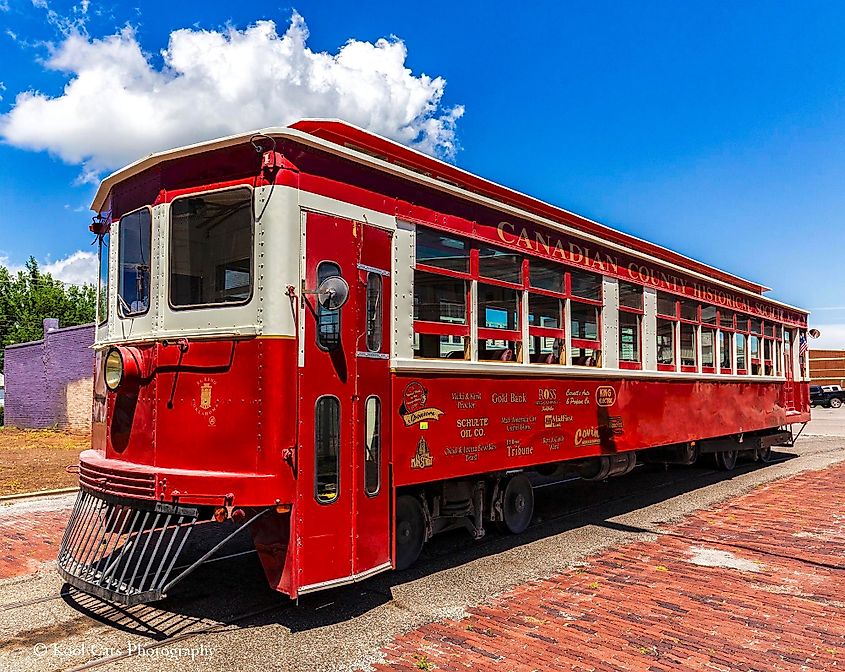
The Canadian County Historical Museum, located at the historic Heritage Park, educates visitors about the area’s frontier days through its beautifully renovated, historically significant buildings and railroad memorabilia. Gastronomes in droves congregate at the homey Sid’s Diner to taste the appetizing fried onion burgers, omelets, biscuits, toasts, and country-fried steaks.
Hugo
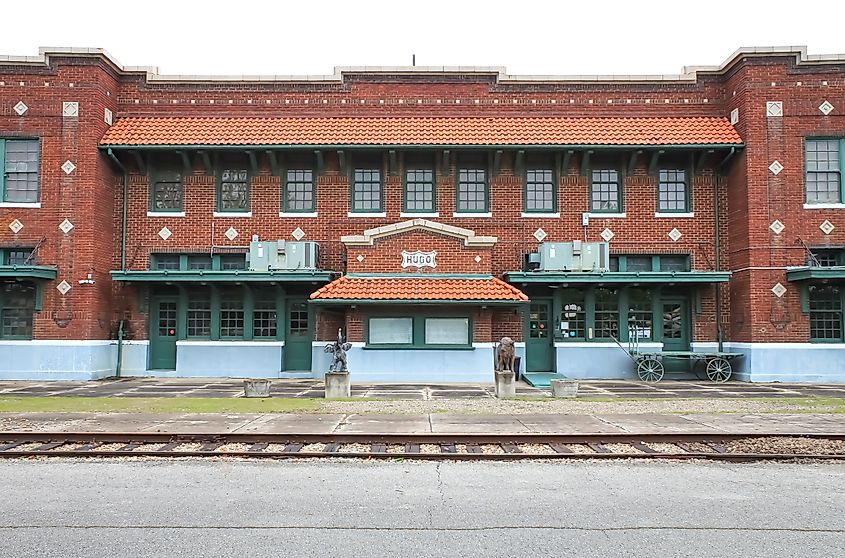
Situated at the southern terminal of the 105-mile-long four-lane Indian Nation Turnpike, Hugo, the Choctaw County administrative center, is just 9 miles north of the state line with Texas. Dubbed the “Circus City, USA,” Hugo’s pleasant climate has made the town a favored wintering home for circus performers and rodeo companies.
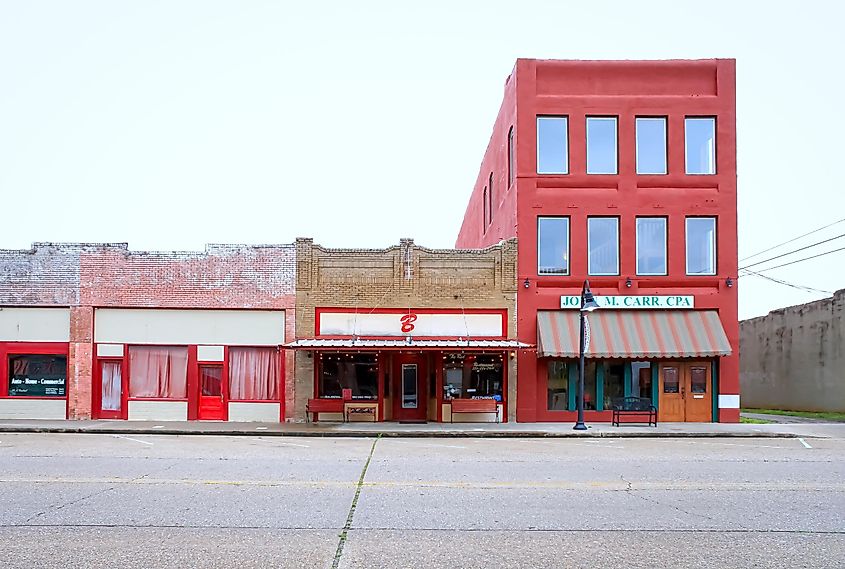
Meet the retired circus elephants and learn more about these endangered Asian elephants at The Endangered Ark Foundation, peruse local memorabilia and exhibits on several aspects of railroad construction at the Frisco Depot Museum & Harvey House Restaurant, and witness spectacular sunsets besides boating, camping, and fishing at the Hugo Lake State Park.
From Medicine Park’s idiosyncratic cobblestone architecture to the well-looked-after Victorian architecture in Guthrie - Oklahoma’s first state capital, each tight-knit Sooner State town presents peerless experiences for wayfarers visiting from every nook and cranny of the world. Suppose you are enthusiastic about gaining further knowledge on the rich Native American heritage, discovering interesting sites set amidst picturesque surroundings, inspecting thoroughly the Downtown’s many family-owned businesses, having amicable conversations with bosom buddies while eating at the homely food joints, or attending any of the seasonal festivities. In that case, these 11 Oklahoma towns are where you will assuredly find deeper connections.
